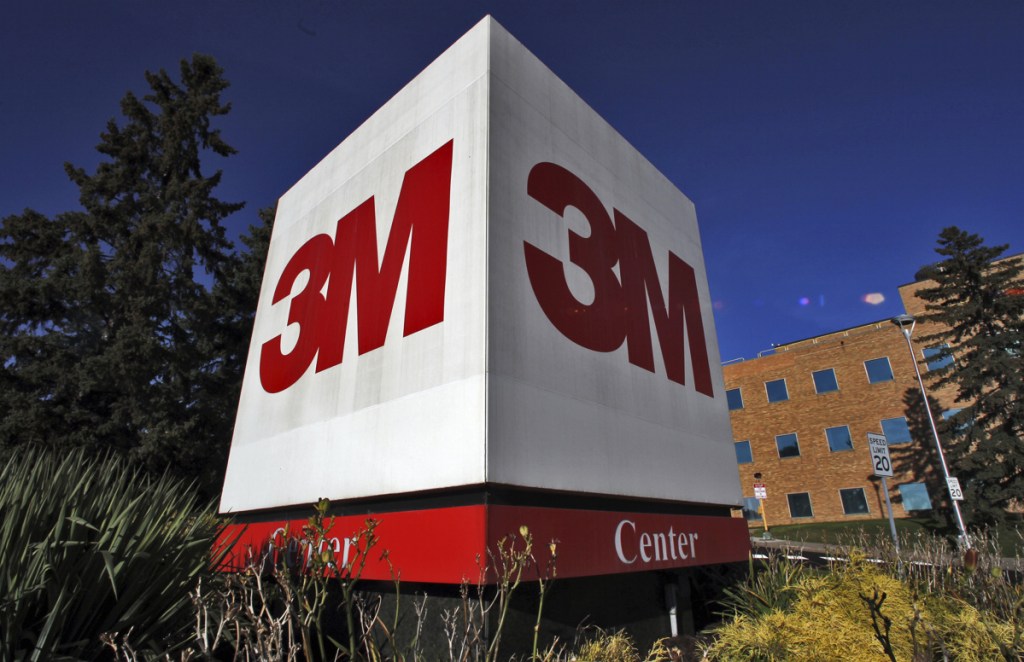MINNEAPOLIS — 3M Co. has agreed to pay the state of Minnesota $850 million to settle a major case alleging the manufacturer damaged natural resources and contaminated groundwater by disposing of chemicals over decades, attorneys announced Tuesday.
The state was seeking $5 billion from Maplewood, Minnesota-based 3M in a case that focused on the company’s disposal of chemicals once used to make Scotchgard fabric protector and other products. The lawsuit, filed in 2010, alleged that 3M damaged Minnesota’s natural resources, including more than 100 miles of the Mississippi River, and contaminated drinking water, harmed wildlife and posed a threat to human health.
The company denies it did anything wrong, insisting it was acting legally at the time.
Attorney General Lori Swanson said the settlement money will go toward projects to clean up and safeguard drinking water in the eastern suburbs of St. Paul. The settlement was announced Tuesday after jury selection was halted as the trial was set to begin.
The lawsuit was centered on 3M’s disposal of perfluorochemicals, or PFCs, and their compounds. The company began producing PFCs in the 1950s and legally disposed of them in landfills for decades. Along with Scotchgard, the chemicals were used in fire retardants, paints, nonstick cookware and other products.
The company stopped making PFCs in 2002 after negotiating with the Environmental Protection Agency, which said the chemicals could pose long-term risks to human health and the environment. But in 2004, trace amounts of the chemicals were found in groundwater at 3M dumping sites east of St. Paul.
The state and 3M reached a deal three years later requiring the company to spend millions to clean up landfills and provide clean drinking water to affected communities.
But Minnesota sued in 2010, alleging 3M researched PFCs and knew the chemicals were getting into the environment and posing a threat to human health.
Since the Minnesota lawsuit was filed in 2010, concerns over PFCs have grown. The Star Tribune reported that in 2016, the EPA drastically reduced the recommended maximum levels of PFC concentrations for drinking water. As a result, about 15 million people learned their drinking water wasn’t considered safe for long-term consumption.
The Star Tribune reported that the EPA’s advisory sent communities nationwide scrambling to install technology to treat water. Some of those communities have sued, and some are investigating to determine who or what produced the PFCs in their water, and what, if any, long-term effects they might face because of continued exposure.
At least two dozen lawsuits related to PFCs have been filed against 3M around the country, including one filed last week in Massachusetts over water contamination blamed on firefighting foam.
Copy the Story LinkSend questions/comments to the editors.



Success. Please wait for the page to reload. If the page does not reload within 5 seconds, please refresh the page.
Enter your email and password to access comments.
Hi, to comment on stories you must . This profile is in addition to your subscription and website login.
Already have a commenting profile? .
Invalid username/password.
Please check your email to confirm and complete your registration.
Only subscribers are eligible to post comments. Please subscribe or login first for digital access. Here’s why.
Use the form below to reset your password. When you've submitted your account email, we will send an email with a reset code.